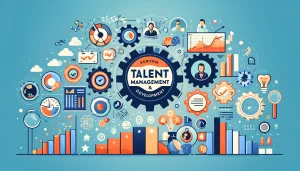Data mining and analytics involve extracting valuable insights and patterns from large datasets to inform decision-making and drive business outcomes. Here are the key steps and components involved in the data mining and analytics process:
Data Collection:
Gather relevant data from various sources, including databases, data warehouses, web applications, sensors, social media platforms, and IoT devices.
Ensure data quality and integrity by cleaning, preprocessing, and validating the data to remove errors, duplicates, and inconsistencies.
Data Exploration and Understanding:
Explore and visualize the data using descriptive statistics, charts, graphs, and dashboards to gain insights into the data distribution, trends, and patterns.
Identify potential relationships, correlations, and anomalies within the data.
Data Preparation:
Select and preprocess the features (variables) that are relevant to the analysis.
Transform and normalize the data to make it suitable for analysis using techniques such as feature scaling, dimensionality reduction, and data transformation.
Modeling and Analysis:
Select appropriate data mining algorithms and techniques based on the nature of the problem and the goals of the analysis.
Apply machine learning algorithms such as classification, regression, clustering, association rule mining, and anomaly detection to uncover patterns, predict outcomes, or segment data.
Train and evaluate the performance of the models using training and testing datasets, cross-validation techniques, and performance metrics.
Interpretation and Evaluation:
Interpret the results of the data analysis to derive actionable insights and conclusions.
Evaluate the effectiveness and validity of the models based on their predictive accuracy, generalization performance, and robustness.
Iterate on the analysis process by refining the models, adjusting parameters, or incorporating additional data as needed.
Visualization and Communication:
Present the findings and insights in a clear, concise, and visually appealing manner using data visualization techniques such as charts, graphs, heatmaps, and infographics.
Communicate the implications of the analysis to stakeholders, decision-makers, and other relevant parties to inform strategic decisions and business actions.
Deployment and Integration:
Implement the data mining models and analytical solutions into operational systems, business processes, or decision-support tools.
Integrate the insights and recommendations generated from data analytics into business workflows, applications, and decision-making processes.
Monitor and update the models regularly to adapt to changing data patterns, business requirements, and environmental factors.
Continuous Improvement:
Continuously monitor and evaluate the performance of the data mining and analytics processes.
Seek feedback from stakeholders and users to identify areas for improvement and optimization.
Iterate on the analysis techniques, algorithms, and data sources to enhance the effectiveness and efficiency of the data mining and analytics efforts over time.





